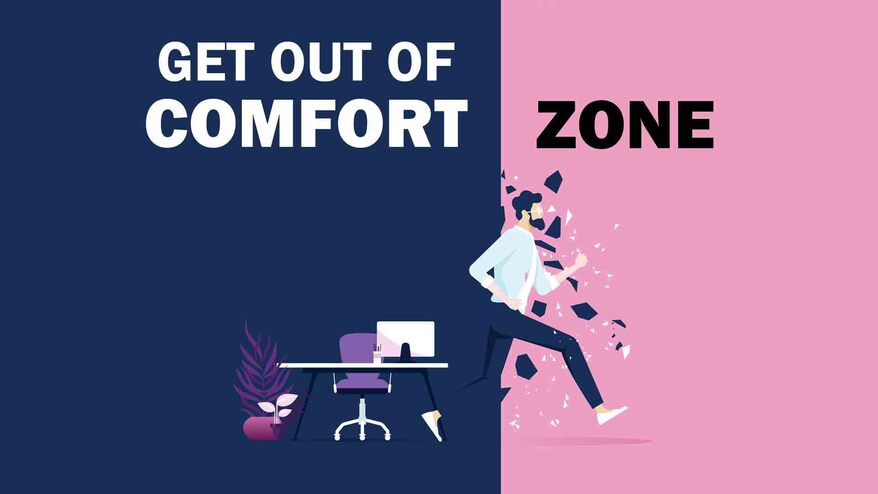It’s an oft-cited statistic, one that comes up often probably because of how staggering it is. Three quarters of brands could disappear overnight, and consumers wouldn’t care.
This stark realization is one of the key drivers of why brands can no longer just focus on creating an image. In the past, when media scarcity intersected with attention abundance, a brand could focus its marketing on broad image making. But now that paradigm has flipped—we have abundant media outlets which results in a scarcity of attention. This means that brands have to do more. They have to make an impact.
This was the foundation for Ogilvy’s recent panel at Advertising Week New York, which featured two leaders who are pushing their brands to go beyond rote image making and towards driving impact. And both happen to be women who are doing so in male-dominated industries.
Ogilvy’s Global Chief Marketing & Growth Officer Philip Heimann moderated a discussion at Advertising Week NY with Ann Mukherjee, Chairman and CEO of Pernod Ricard and Jessica Thor, Director of Brand Strategy at Audi of America.
“Impact” is a term that can mean different things to different brands. For Audi, Thor believes that the brand’s values and purpose are aligned with the idea of impact.
“How do we take our platform, how do we take what we do and what’s authentic to our brand and the products we sell, and how do we move humanity forward?” Thor said, noting that doing so requires a company to step back and “open the aperture” to find blindspots.
For Mukherjee, impact lies in profitability, sustainability, and share growth. “Profitability, because consumers then think the brand is worth paying for,” Mukherjee said. Sustainable means, overtime, so you’re building a relationship. And share, because you’re better than the competition.”
And in order to achieve those goals, Mukherjee says you need to be a brand that people don’t just want to buy, but want to buy into. “If you want profitable, sustainable share growth, you better have a brand that speaks to the people you want,” she says.
A term that often comes up when people think about brand impact is “purpose”. But the panel agreed with Heimann, who noted that purpose is “another overused term in our industry.” It’s not that purpose is meaningless or that a brand shouldn’t have a purpose, but that, as Mukherjee noted, “people confuse purpose with altruism.” A brand’s purpose shouldn’t be some high and mighty ideal, but rather crucially about the people who interact with and buy into the brand. “Connecting the consumer with the brand’s purpose, that’s the key,” she said, offering the example of Harley-Davidson, whose purpose should be something akin to letting rebels live life out loud.
Thor said that a company like Audi is one that’s driven by its purpose—moving humanity forward—and that results in authenticity. She also pointed out a core problem with the concept of brand purpose, being that it can be tough for brands to differentiate themselves through their purpose. In an industry like automotive, almost every brand has a similar purpose.
Given that, the most important thing for brands and marketers to remember is that impact relies on creativity. It is the lifeblood of brands and the only way they can truly differentiate themselves and become something that people want to buy into and align themselves with.
Thor and Mukherjee both agreed that marketing today can only drive impact if it pushes brands and companies and brings them out of their comfort zones. Mukherjee ended the session with an impassioned plea to the agencies and marketers in attendance.
“I think everyone in the ad industry… when you hear your client say, ‘I want more for less or more for same,’ and they start squeezing you, and it’s all about productivity and make it happen—turn around and say ‘bulls—’. That’s not what it’s about, it’s about creativity. So when you hear all that stuff, put it to the side, that’s when you dial up your creativity button. Be brave and be bold and push us out of our comfort zone, because if you don’t do that. We’re done.”Interested in bigger, bolder ideas? Sign up for our newsletter for more insights on how brands can make an impact on the world.


